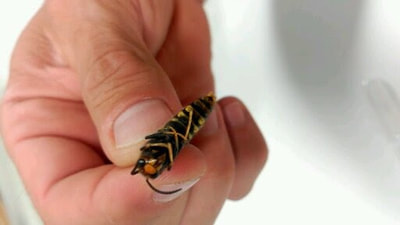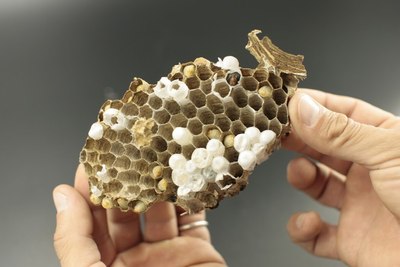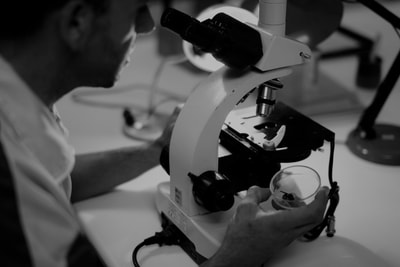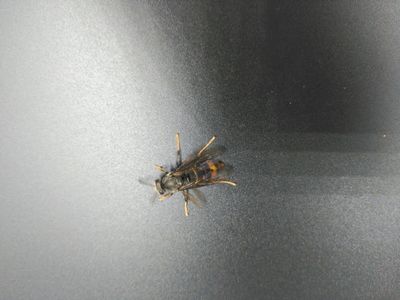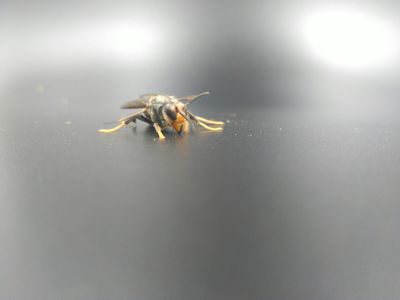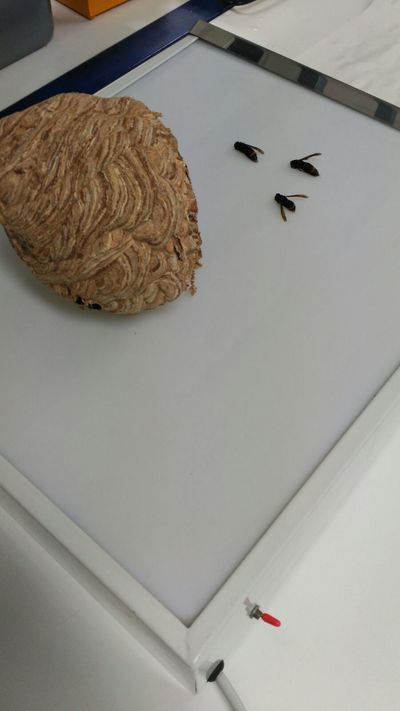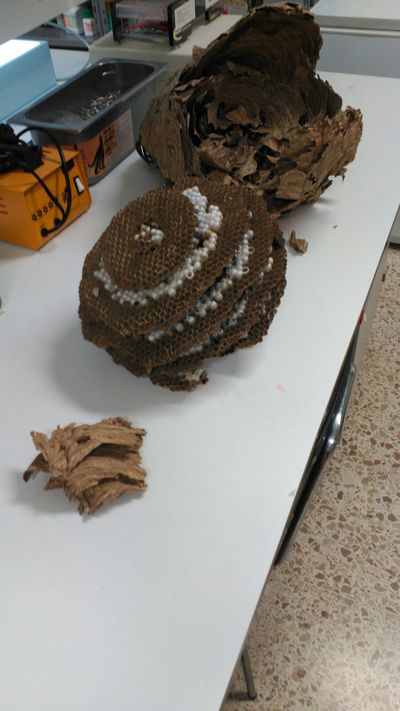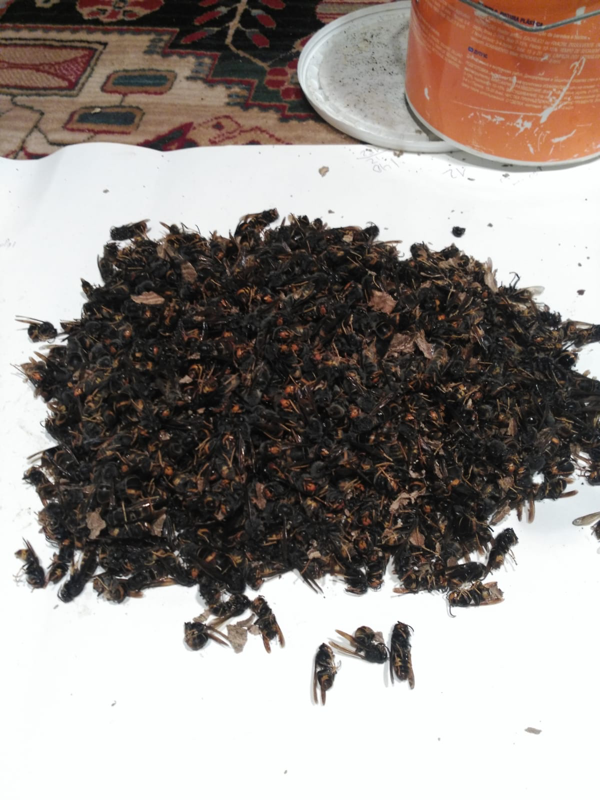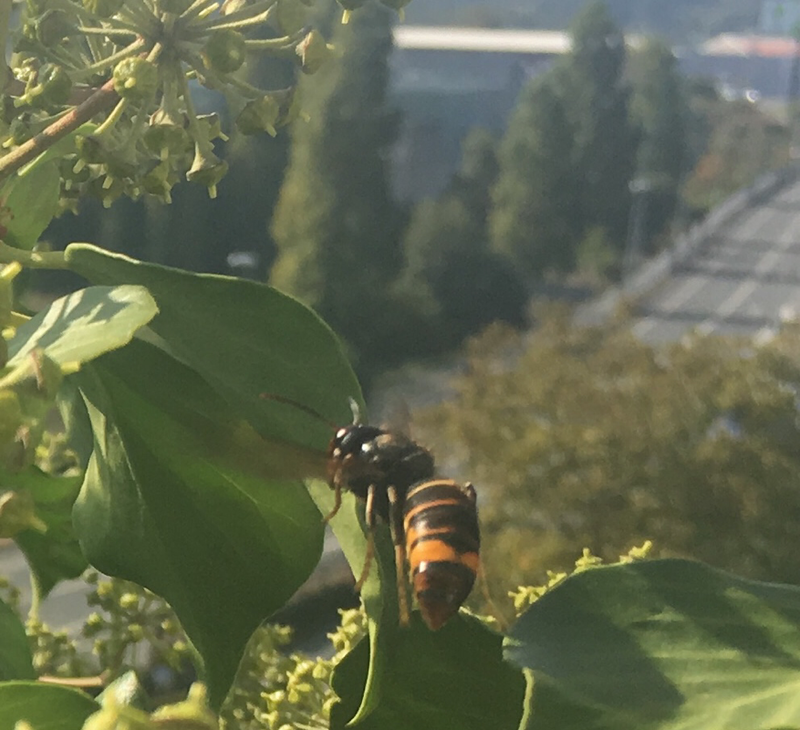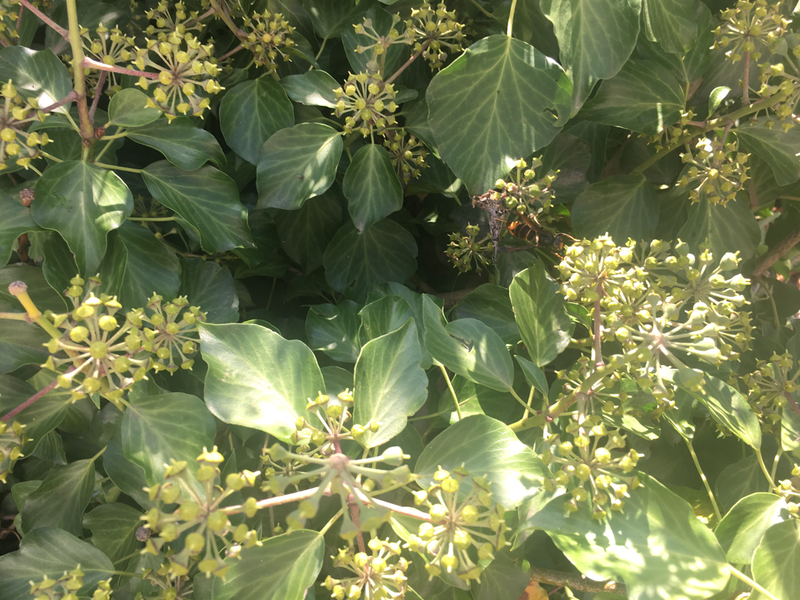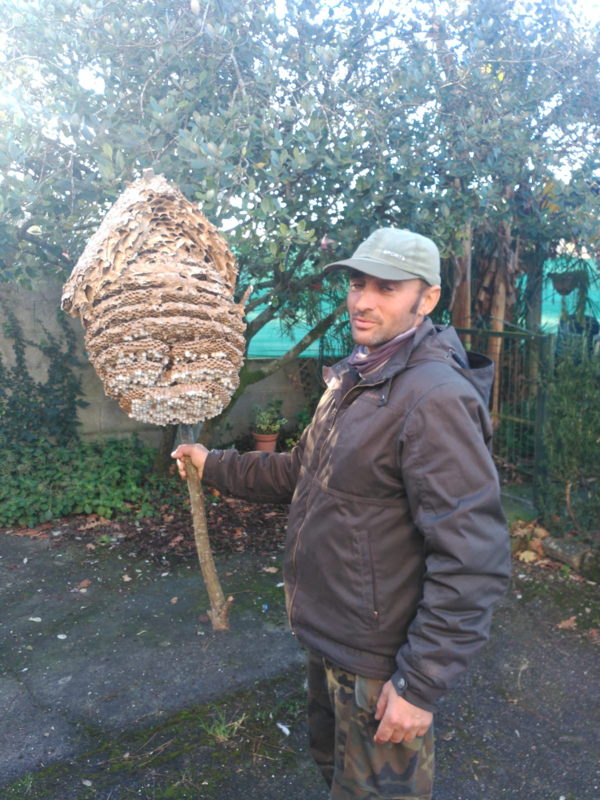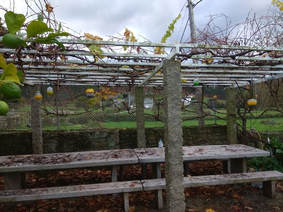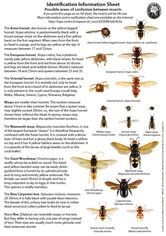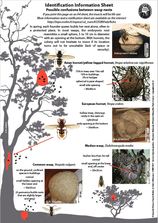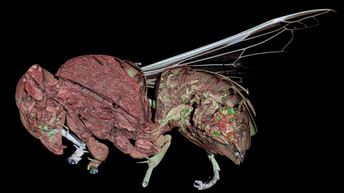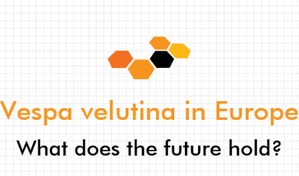Basic information on the Vespa velutina Asian hornet

The so known as the yellow-legged hornet is a non-native invasive Alien species of hornet from Asia. When we say invasive we mean (It has the ability to spread very quickly and undesirably or harmfully)
The Asian hornet as pictured first arrived into Europe during 2004, since then it has spread rapidly and is currently present in France, Italy, Spain, Portugal, Germany, Belgium and The Channel Islands. It has also recently been found in the United Kingdom and Switzerland.
The Vespa velutina Asian hornet should be a worrying concern for all, not just beekeepers because it is a predator of various insects including pollinator insects. The Vespa velutina, Asian hornet has the ability to cause significant losses to bee colonies and potentially other native species and have been identified as a high-risk non-native species due to their threat to native biodiversity.
The Asian hornet as pictured first arrived into Europe during 2004, since then it has spread rapidly and is currently present in France, Italy, Spain, Portugal, Germany, Belgium and The Channel Islands. It has also recently been found in the United Kingdom and Switzerland.
The Vespa velutina Asian hornet should be a worrying concern for all, not just beekeepers because it is a predator of various insects including pollinator insects. The Vespa velutina, Asian hornet has the ability to cause significant losses to bee colonies and potentially other native species and have been identified as a high-risk non-native species due to their threat to native biodiversity.
How to identify an Asian hornet
|
The Vespa velutina Asian hornet has very distinctive yellow legs with either a velvety brown or black abdomen and narrow posterior with a yellow border, except for the fourth segment, which is orange. Their head is black with a yellow face. The Queens are approx. 30 mm in length, and males around 24 mm. The workers typically measure around 20 mm in length. Distinct information can be found on either of the downloads produced by the NNSS GB non-native species secretariat or The French National Museum of Natural History which you will find further down on this page or on our Report a sighting page.
|


